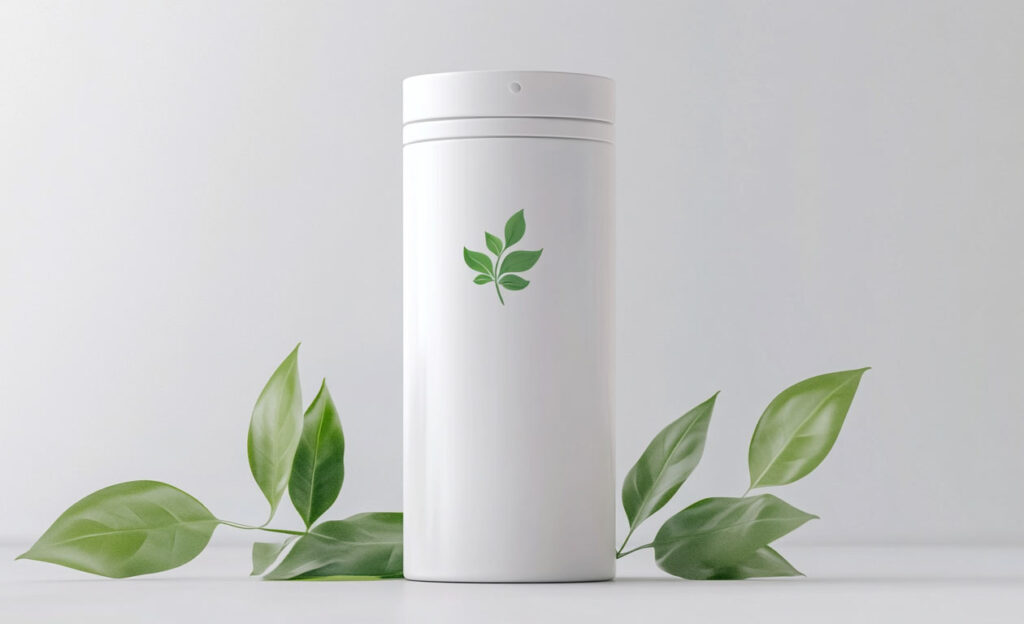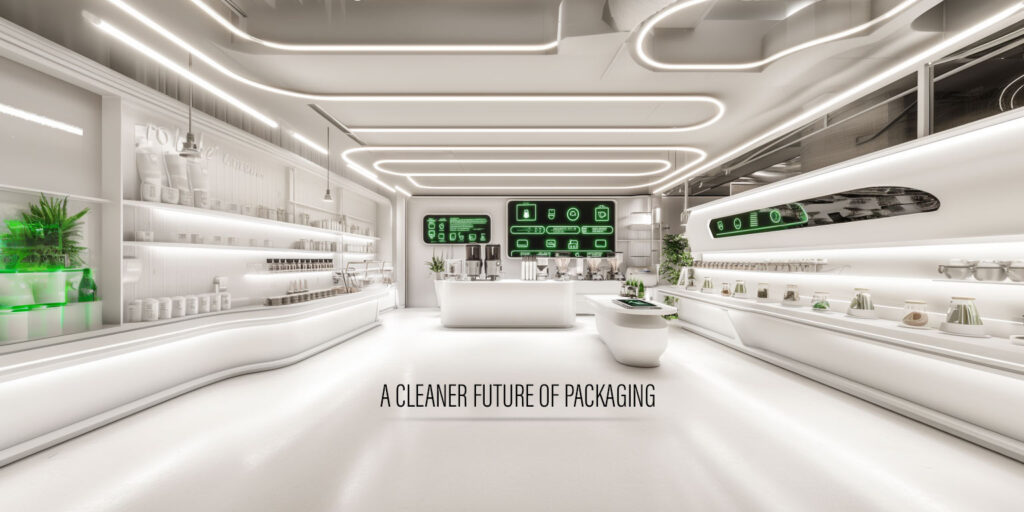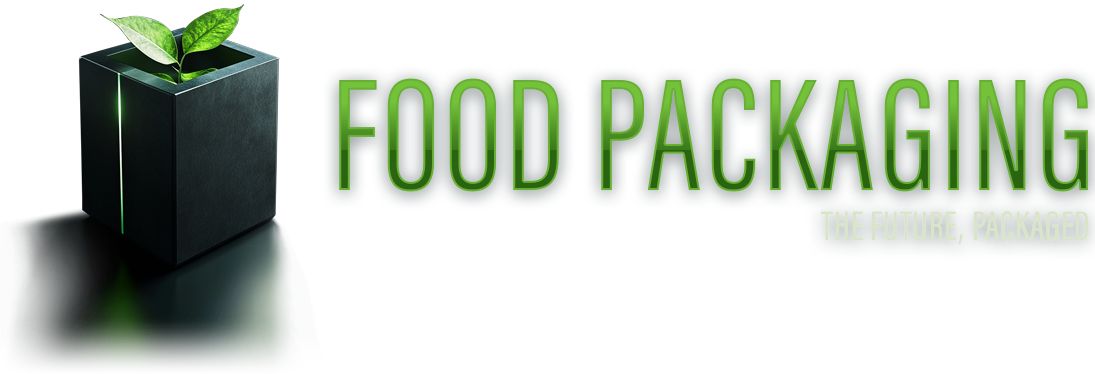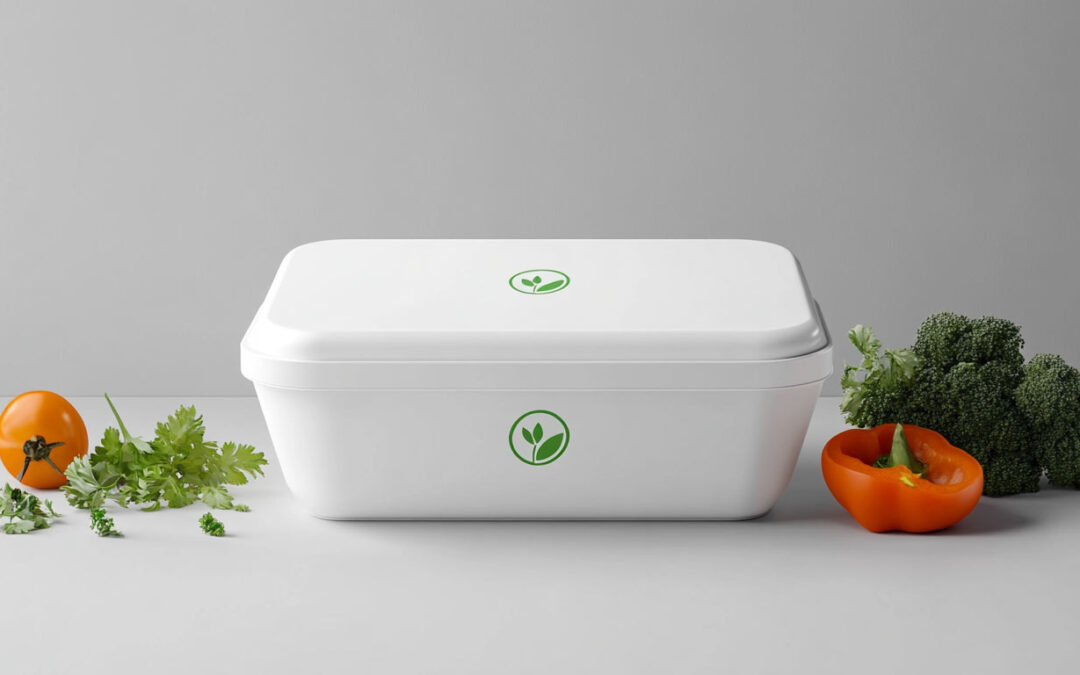Short Answer: Plastic food packaging is an essential part of modern life, protecting our food from contamination, extending its shelf life, and making it convenient to store and transport.
The future of food packaging envisions a world where every aspect is sustainably designed for sterilization, reuse, or upcycling, ensuring a zero-waste system that minimizes the carbon footprint and fully protects our environment.
While it plays a crucial role in ensuring food safety, plastic packaging also faces scrutiny due to environmental concerns. Recent advancements in plastic packaging technology aim to address these issues, offering more sustainable and recyclable options. However, challenges like waste generation and recycling difficulties remain significant. This overview will explore the uses, benefits, and problems associated with plastic food packaging, along with a look at the future of this material.
Here’s a list of 50 known foods that commonly use some form of plastic containers:
- Bottled water
- Soft drinks
- Yogurt
- Milk
- Fresh salads
- Sandwiches
- Cheese slices
- Butter
- Margarine
- Ice cream
- Frozen vegetables
- Fresh berries
- Pre-cut fruit
- Deli meats
- Bacon
- Ready-made meals
- Microwavable dinners
- Soup
- Pasta sauces
- Peanut butter
- Mayonnaise
- Salad dressing
- Ketchup
- Mustard
- Hummus
- Guacamole
- Fresh pasta
- Sliced bread
- Bagels
- Breakfast cereals
- Chips
- Crackers
- Cookies
- Candy bars
- Chocolate
- Instant noodles
- Rice
- Oats
- Instant coffee
- Tea bags
- Protein shakes
- Energy drinks
- Cooking oil
- Vinegar
- Maple syrup
- Honey
- Spices
- Nuts
- Trail mix
- Pre-packaged sushi

The Role and Impact of Plastic Food Packaging in Modern Society
Plastic food packaging serves multiple purposes, making it a staple in households and industries worldwide. Its primary function is to protect food from external factors such as moisture, bacteria, and physical damage. This protection helps maintain the quality and safety of food products, reducing food waste and extending the shelf life of perishable items. In addition to protection, plastic packaging offers convenience through its lightweight nature and versatility, making it ideal for a wide range of food products, from fresh produce to frozen meals.
However, the widespread use of plastic food packaging has sparked environmental concerns. One of the major issues is the difficulty in recycling certain types of plastic, leading to a significant amount of plastic waste ending up in landfills or the ocean. Moreover, the production and disposal of plastic contribute to pollution and greenhouse gas emissions. As a result, there is growing pressure to develop and adopt more sustainable packaging alternatives.
In response to these concerns, new plastic packaging technologies are emerging. Innovations such as biodegradable plastics, compostable packaging, and improved recycling methods are being explored to reduce the environmental impact of plastic packaging. These advancements aim to create packaging that retains the protective and convenience benefits of plastic while minimizing its negative effects on the environment.
Addressing Common Questions About Plastic Food Packaging
Q: Is there any new plastic packaging tech coming?
A: Yes, there are several new technologies in the pipeline, including biodegradable plastics and compostable materials that break down more easily in the environment. Researchers are also working on enhancing recycling processes to make it easier to recycle plastic food packaging. These innovations aim to reduce the environmental footprint of plastic packaging while maintaining its benefits.
Q: Can it easily be recycled?
A: The recyclability of plastic food packaging depends on the type of plastic used. While some plastics can be easily recycled, others, particularly multi-layered or contaminated plastics, are more challenging to process. Improving recycling infrastructure and consumer awareness can help increase the rate of plastic recycling.

Q: Is plastic food packaging bad?
A: Plastic food packaging has its pros and cons. On the positive side, it plays a crucial role in preserving food quality, preventing contamination, and reducing food waste. However, the environmental impact of plastic waste is a significant concern, particularly when it comes to recycling challenges and pollution. Balancing the benefits with sustainable practices is key.
Q: What are the problems with plastic food packaging?
A: The main problems with plastic food packaging include its contribution to environmental pollution, difficulties in recycling, and the potential for harmful chemicals to leach into food. The production of plastic also consumes significant resources and energy, contributing to carbon emissions. Addressing these problems requires innovation and a shift toward more sustainable practices.
Q: What is the most wasteful packaging?
A: Single-use plastic packaging, especially items like plastic bags, straws, and wrappers, is often considered the most wasteful. These items are typically used for a short time and are difficult to recycle, leading to significant environmental waste. Moving towards reusable or biodegradable alternatives can help reduce this waste.

